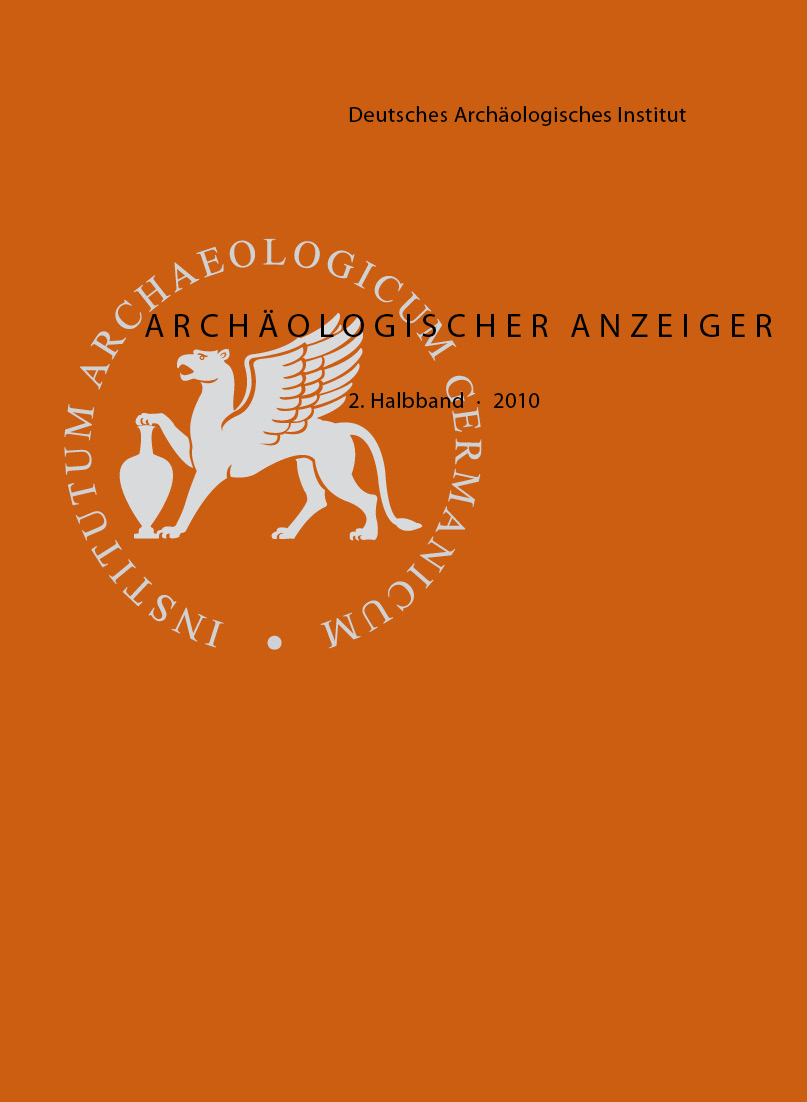Perge in Pamphylien. Neue Evidenz für Parha am Kastraja. Bericht über die Grabungskampagne 2008
https://doi.org/10.34780/c4y1-ca4q
Abstract
In einer abschließenden Kampagne wurden 2008 auf der Akropolis von Perge zwei Fundplätze mit wenig gestörter Schichtenfolge vom Chalkolithikum bis in die frühbyzantinische Zeit untersucht. Anhand der 14C-Datierungen botanischer Proben und Knochen konnten vor allem die bronzezeitlichen und – in geringerem Umfang – die früh- und mitteleisenzeitlichen Schichten und damit auch die darin enthaltenen Funde und Mauern datiert werden. Diese erstmalig in Perge erfassten bronzezeitlichen Schichtbefunde lassen in Verbindung mit der lokalen geomorphologischen Struktur erkennen, dass östlich dieser Teilflächen in einem Areal von ca. 25 m × 70 m weitere gut erhaltene bronzezeitliche und früheisenzeitliche Befunde zu erwarten sind. Ein großer, sorgfältig konstruierter Herdaltar mit Libationseinrichtung aus Ton der Phase SH III C dokumentiert zusammen mit diversen Kultgegenständen und Bauresten der mittleren und späten Bronzezeit eine sozial und kulturell differenzierte Siedlung auf dem Tafelberg, deren Identifizierung mit dem urkundlich bezeugten, hethitischzeitlichen Parha am Kastraja hohe Wahrscheinlichkeit gewonnen hat.
Parole chiave:
Perge, Parha, Bronzezeit, frühe Eisenzeit, Herdaltar





